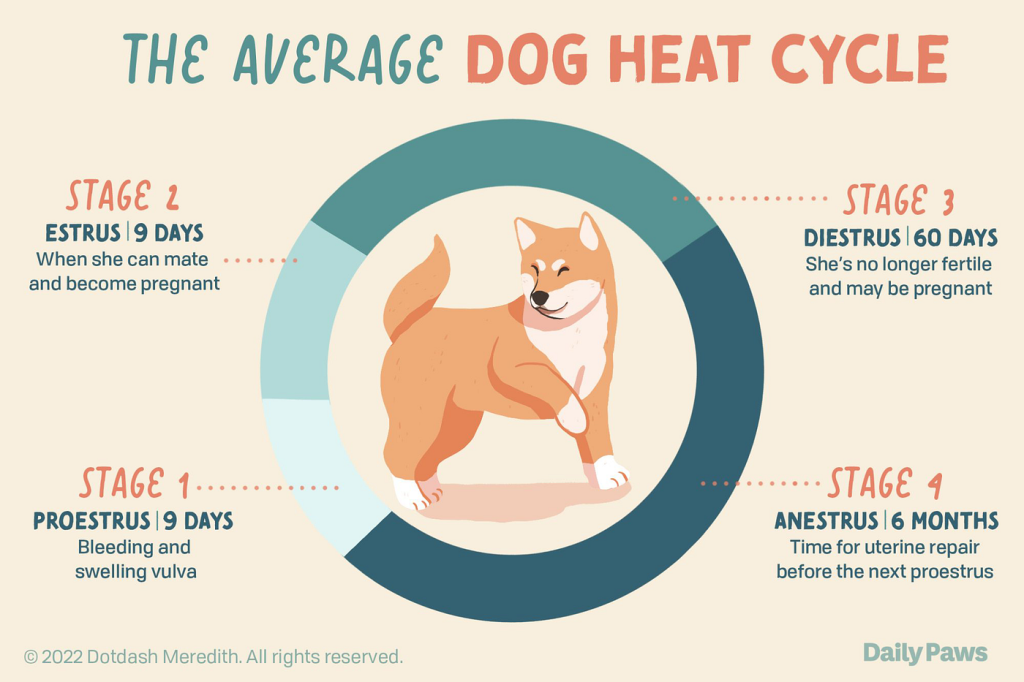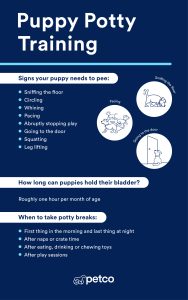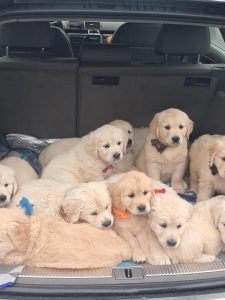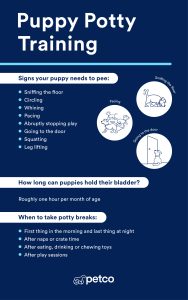Have you noticed your dog acting differently lately? Maybe she’s more restless, clingy, or even a bit moody.
These changes can be confusing and sometimes worrying. When your dog is in heat, her behavior can shift in ways you might not expect. Understanding these changes is key to helping her feel comfortable and keeping your home peaceful. You’ll discover the common signs of dog heat behavior changes and learn how to support your furry friend through this natural phase.
Keep reading to get the insights you need to stay prepared and confident.
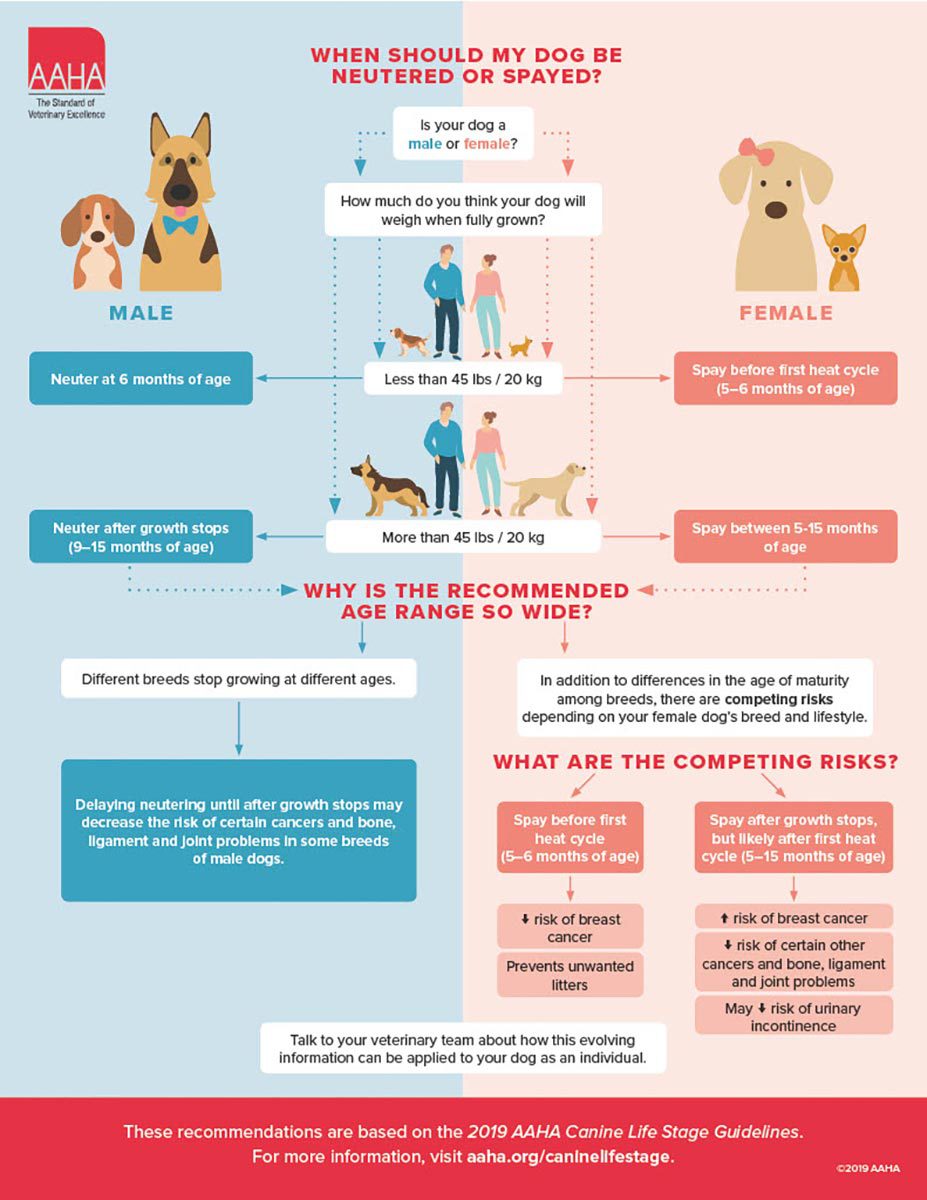
Credit: southeastoakvillevet.ca
Signs Of Heat In Female Dogs
Female dogs show various signs when they are in heat. Understanding these signs helps in managing their behavior and health effectively.
These signs are mainly categorized into physical changes, behavioral shifts, and the duration and frequency of the heat cycle.
Physical Changes
Physical changes are the most noticeable signs of a dog in heat. These changes can vary but are usually easy to spot.
- Swelling of the vulva
- Bloody vaginal discharge
- Increased urination
- Changes in appetite
Behavioral Shifts
Behavioral shifts are also common as dogs react to hormonal changes. These shifts can affect how your dog interacts with others.
Female dogs might become more affectionate or seek extra attention. Some may also show signs of restlessness or agitation.
Duration And Frequency
The heat cycle duration and frequency can vary between different breeds and individual dogs. Knowing this helps in planning for their care.
| Cycle Stage | Duration |
| Proestrus | 7-10 days |
| Estrus | 5-9 days |
| Diestrus | 60-90 days |
Common Behavioral Changes
Dogs go through many changes during their heat cycle. These changes can affect their behavior. Understanding these signs helps owners care for their pets better.
Some behaviors become more noticeable and can last for days or weeks. Watching for these signs can guide how you handle your dog during this time.
Increased Restlessness
During heat, dogs often feel uneasy and restless. They may pace around or have trouble settling down. This restlessness happens because of hormonal changes.
Dogs might also seem more alert or nervous. It is normal for them to move more and look for comfort or attention.
Frequent Urination
Dogs in heat tend to urinate more often. This behavior helps spread their scent to attract male dogs. You might see them lifting their leg or squatting more.
Owners should watch for this change and keep the area clean. It is also a sign to give your dog more bathroom breaks during walks.
Heightened Affection
Many dogs become more loving and seek attention during heat. They may follow their owner around or want to be petted more often. This shows their need for comfort.
Some dogs may also be more sensitive and react strongly to touch. Being gentle and patient helps your dog feel safe and calm.
Male Dog Reactions To Female Heat
Male dogs show clear changes when a female dog is in heat. These changes are natural and driven by hormones. Understanding these reactions helps owners manage their dogs better.
These behaviors can vary by dog but often include signs of restlessness, focus on the female, and changes in social behavior. Let’s look at the main types of reactions.
Increased Aggression
Male dogs often become more aggressive during a female’s heat cycle. This aggression is linked to competition and protecting territory. It can cause fights with other male dogs or even people.
- Growling or snapping at other dogs
- Guarding the female dog closely
- Showing dominance behaviors
- Restlessness or pacing
Marking Territory
Marking territory is common in male dogs near a female in heat. They use urine to leave their scent. This behavior signals other males and attracts the female.
| Marking Behavior | Reason |
| Frequent urination on objects | Claiming territory |
| Sniffing female dog’s area | Checking for other males |
| Raising leg to mark | Leaving scent |
| Increased restlessness | Heightened arousal |
Vocalization Patterns
Male dogs often change how they vocalize near a female in heat. They may bark more or howl to attract attention or warn rivals.
Common vocal changes include:
- Loud barking
- Howling
- Whining or whimpering
- Persistent vocal calls

Credit: www.youtube.com
Managing Heat Behavior At Home
When a female dog is in heat, her behavior can change a lot. She may feel restless or act differently than usual. It is important to help her stay calm and comfortable.
Managing heat behavior at home means creating a safe and peaceful environment. This helps your dog feel secure during this time.
Safe Spaces For Your Dog
Give your dog a quiet space where she can relax. This space should be away from loud noises and busy areas. A cozy bed or crate works well.
Keep her safe from other animals that might bother her. Make sure she has fresh water and soft bedding. This area should be her calm retreat.
Exercise And Distraction Techniques
Exercise helps your dog use up energy and stay calm. Short walks or gentle playtime are good choices. Avoid too much excitement or rough play.
Use toys or simple games to keep her mind busy. Puzzle toys or treat-dispensing toys work well. These distractions help reduce stress and boredom.
- Take short, calm walks
- Play with quiet toys
- Use puzzle feeders or treat toys
- Keep activities low-key
Using Protective Garments
Protective garments help keep your home clean during heat. Special dog diapers or pads can catch any discharge. These garments keep your dog comfortable and dry.
Make sure the garment fits well and does not cause irritation. Change it often to keep your dog healthy. This also helps reduce odors in your home.
When To Consult A Veterinarian
Dogs go through many changes during their heat cycle. Most changes are normal and short. Some signs need quick attention from a vet.
Knowing when to see a vet helps keep your dog healthy and safe. Watch your dog closely for any unusual behavior.
Signs Of Distress
Your dog may show signs of pain or discomfort during heat. These signs mean she might need medical help.
Look for heavy bleeding, limping, or difficulty walking. Excessive panting or whining can also be signs of distress.
- Heavy or smelly bleeding
- Swollen or painful genital area
- Refusing to eat or drink
- Excessive panting or restlessness
- Changes in walking or limping
Unusual Symptoms
Some symptoms are not normal and need a vet’s check. Unusual symptoms can show infections or other problems.
Watch for fever, vomiting, or diarrhea. If your dog has a bad smell or pus from her genital area, see a vet fast.
- Fever or chills
- Vomiting or diarrhea
- Bad smell or pus from genital area
- Sudden tiredness or weakness
- Swelling beyond normal size
Heat Cycle Irregularities
Heat cycles usually follow a pattern. If your dog’s cycle changes, it can mean health problems.
Long cycles, no cycles, or very short cycles should be checked by a vet. Irregular bleeding is also a concern.
- Heat cycle longer than 4 weeks
- No heat cycle for more than 8 months
- Very short heat cycles under 2 weeks
- Bleeding between cycles
- Repeated heat cycles with no rest
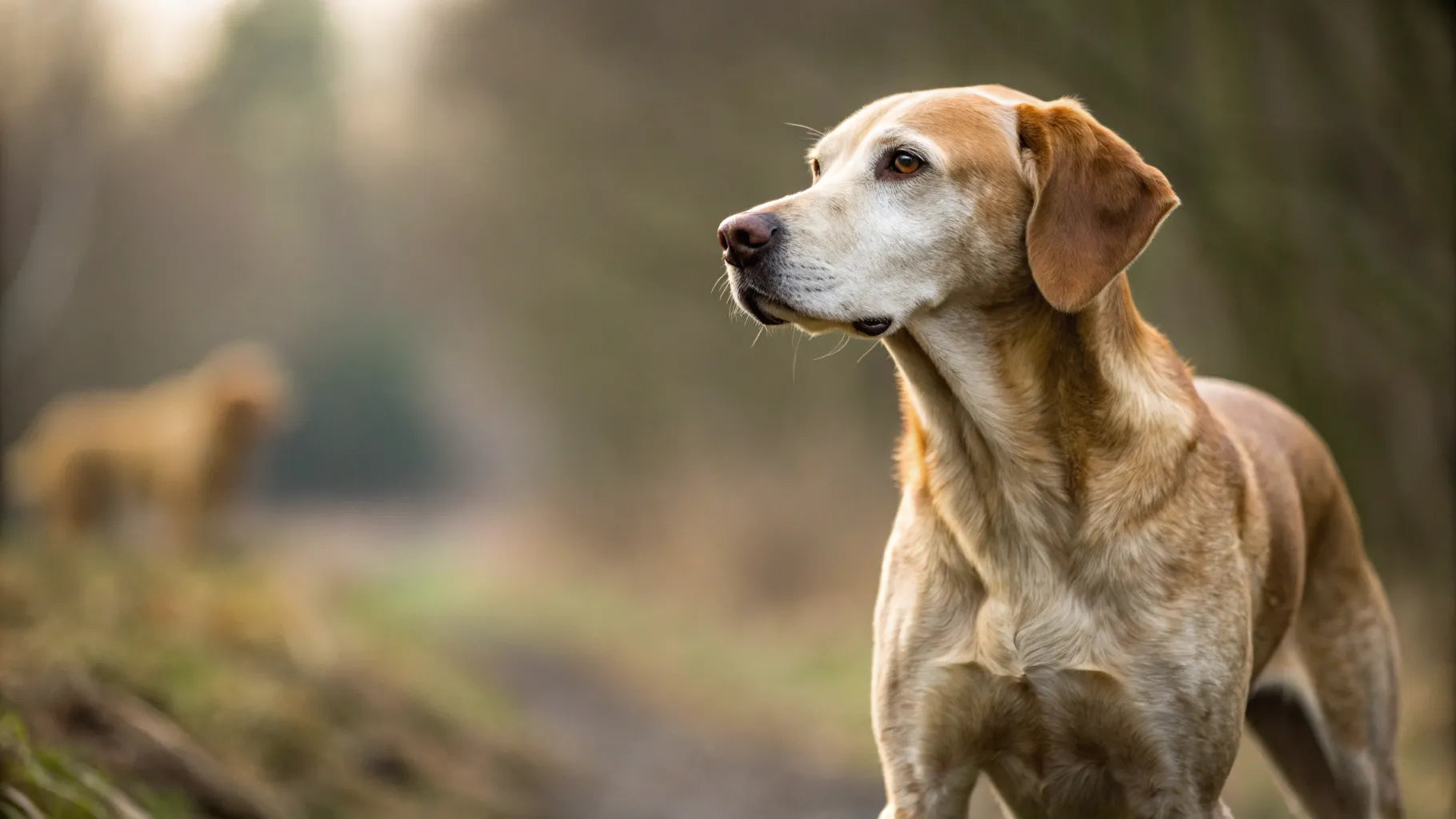
Credit: www.houndsy.com
Frequently Asked Questions
What Behavioral Changes Occur In Dogs During Heat?
Dogs in heat often show increased restlessness, vocalization, and clinginess. They may urinate more frequently to mark territory and seek extra attention from owners. These changes are natural signs linked to their reproductive cycle.
How Long Do Heat Behavior Changes Last In Dogs?
Heat behavior changes typically last about 2 to 3 weeks. The entire heat cycle spans roughly 3 weeks, with behavioral shifts most noticeable during the first and second weeks.
Can Heat Cause Aggression In Female Dogs?
Yes, some female dogs may exhibit mild aggression during heat. This behavior results from hormonal fluctuations and protective instincts. Monitoring and gentle handling can help manage aggression safely.
Why Do Dogs In Heat Become More Restless?
Restlessness during heat is due to hormonal changes and discomfort. Dogs may pace, whine, or seek more activity. It’s a natural response as they prepare for potential mating.
Conclusion
Understanding dog heat behavior helps you care for your pet better. Expect changes like restlessness, increased affection, or mood swings. These signs show your dog’s natural cycle and needs. Keep a close eye and provide comfort during this time. Patience and gentle care make a big difference.
Knowing what to expect reduces worry and helps your dog stay happy. Each dog is unique, so observe and adapt to her behavior. Caring well during heat strengthens your bond and keeps her safe. Simple attention goes a long way in this phase.

Emily Barker is the founder of ChillDogLife.com, a space dedicated to helping pup parents discover the best dog products, lifestyle tips, and cozy ideas for happier homes.
A lifelong dog lover, Emily combines her passion for pets with a knack for research to share trusted recommendations on everything from toys and furniture to health and everyday care.
Her goal is simple: to make life easier, stylish, and more joyful for dogs and the people who love them.
